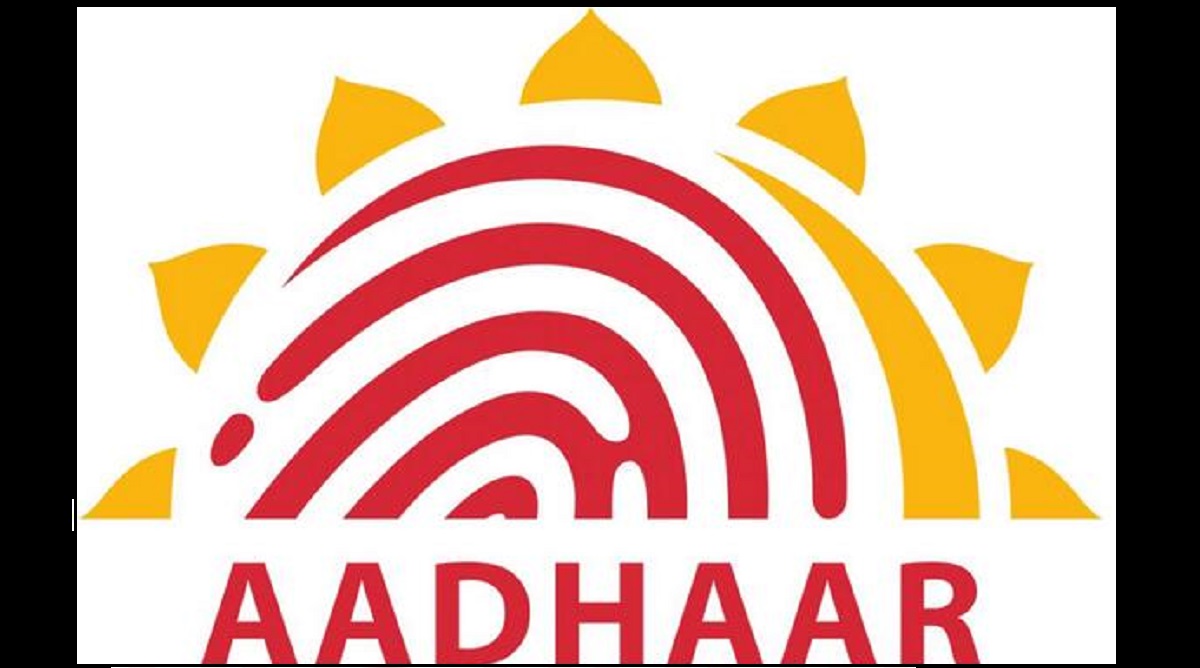Adoption of Aadhaar-based e-KYC is witnessing continuous progress, and in the October-December quarter (Q3) of 2022-23, more than 84.8 crore e-KYC transactions were executed using Aadhaar, a growth of 18.53 per cent over Q2 (July-September) of the current financial year.
In December alone, 32.49 crore e-KYC transactions were carried out using Aadhaar, over 13 per cent more than the previous month.
Advertisement
”Aadhaar e-KYC service is increasingly playing an important role for banking and non-banking financial services by providing transparent and improved customer experience, and helping in ease of doing business,” said a government note.
In October, the number of Aadhaar e-KYC transactions was 23.56 crore and in November such transactions went up to 28.75 crores, before jumping further in December, indicating its growing usage and utility in the economy.
A total of 169 entities, including 105 banks, are live on e-KYC. The adoption of e-KYC has also significantly reduced customer acquisition costs of entities like financial institutions, telecom service providers and others.
By the end of December 2022, the cumulative number of Aadhaar e-KYC transactions so far has gone up to 1382.73 crores.
An e-KYC transaction is executed, only after the explicit consent of the Aadhaar holder, and does away with physical paperwork, and in-person verification requirements for KYC.
Similarly, Aadhaar authentication transactions too are witnessing a growing adoption and usage among residents. In the month of December alone, 208.47 crore Aadhaar authentication transactions were carried out, nearly 6.7% more than the previous month.
Most of these monthly authentications were carried out by using biometric fingerprints, followed by demographic and OTP authentications.
So far, cumulatively nearly 8829.66 crore Aadhaar authentication transactions have been executed by the end of December 2022. It shows how Aadhaar is playing an increasing role in financial inclusion, welfare deliveries, and to avail several other services.
Whether it is e-KYC for identity verification, Aadhaar-enabled DBT for direct fund transfer, AePS for last mile banking, or authentications, Aadhaar, the digital infrastructure of good governance, has been playing a key role in supporting the government’s vision of Digital India and enabling ease of living for residents.
More than 1100 government schemes, programmes and in the country run by both the centre and the states have been notified to use Aadhaar. The digital ID is helping various ministries and departments in the centre and at states in improving efficiency, transparency and delivery of welfare services to the targeted beneficiaries.
The Aadhaar Enabled Payment System (AePS) is enabling financial inclusion for those at the bottom of the income pyramid. By the end of December 2022, cumulatively, 1610.44 crores of last-mile banking transactions have been made possible through AePS and the network of micro-ATMs.
